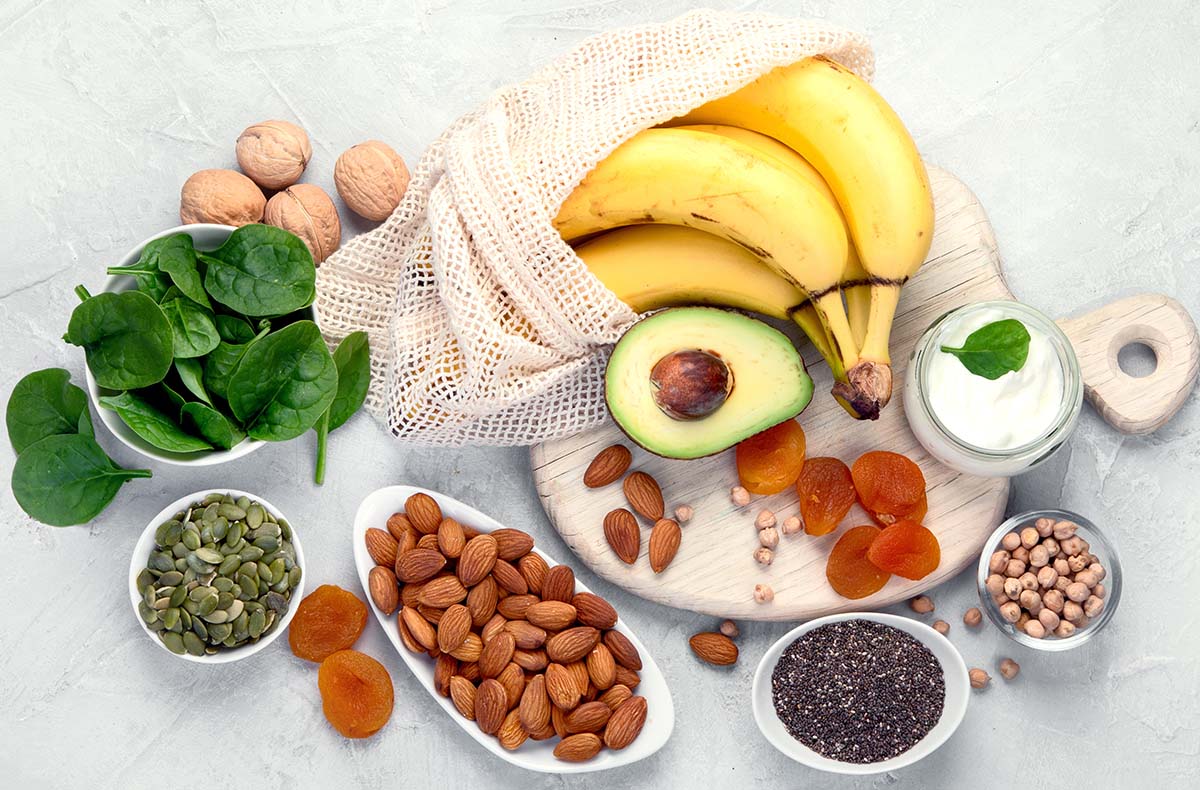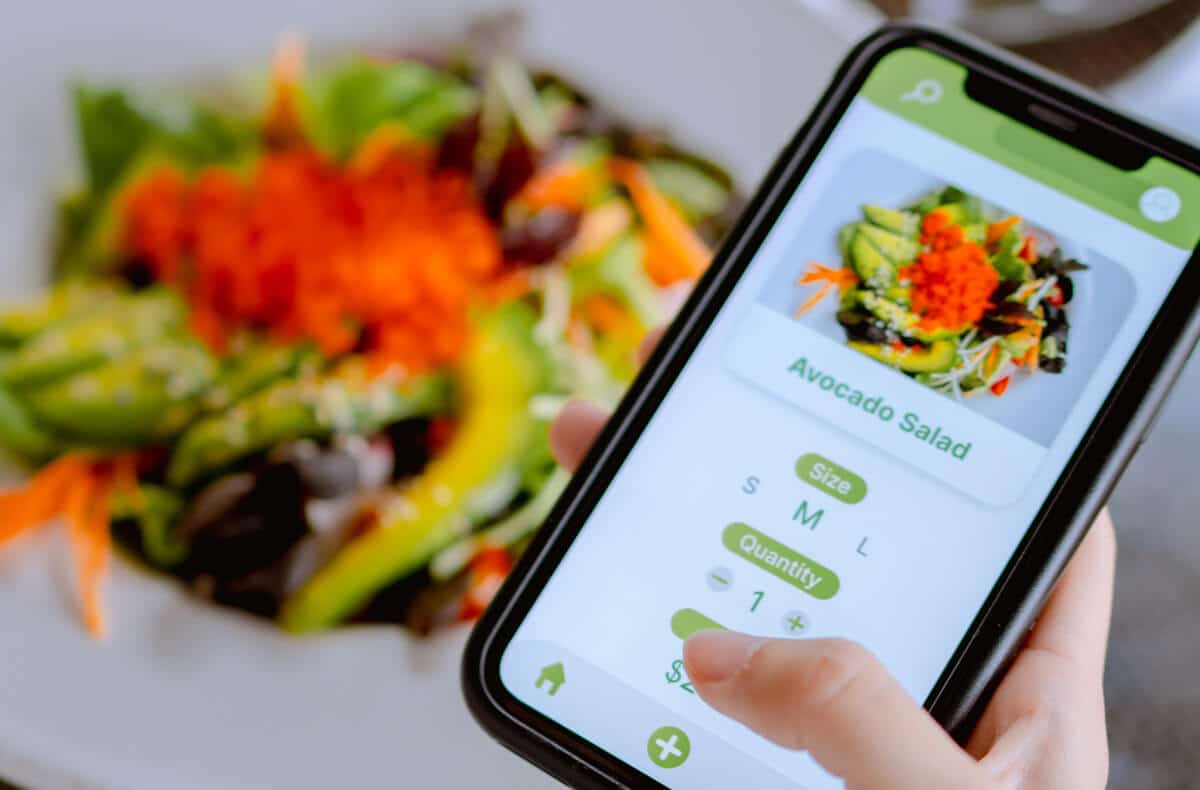
In my previous article, we learned about calories: what they are, how they are calculated, how we use them after consumption, and the basic mathematics of weight loss—to reduce mass, you need to use more calories than you consume. In this second article, we’re going to get into the nitty gritty of where we get these calories from, and whether or not that impacts our fitness goals.
To begin this next part of our discussion, I’d like to touch briefly upon nutrients. Nutrients are anything we consume that helps us grow or sustains us. This includes macronutrients, from which we get our calories—namely proteins, carbohydrates, and fats—and micronutrients, which are vitamins and minerals, which contain no calories, but are vitally important to proper health and bodily functions. (As a side note, water is sometimes included in the macronutrient category as well, but is unique as it does not contain calories, so it’s almost in a class of its own and therefore won’t be included for our purposes.) Minerals are elements, such as iron, sodium, potassium, copper, and zinc (think periodic table: you’ll find all the minerals you consume there!) while vitamins are organic compounds, meaning that they contain carbon. Vitamins and minerals are vital to our health and necessary bodily functions, helping us perform metabolic processes: deficiencies can lead to serious issues, for example, iron deficiencies lead to anemia, or a severe lack of vitamin C can result in scurvy. It’s important to note that, while micronutrients are crucial to our well-being, we don’t need to consume a lot of them to meet our needs. In fact, some micronutrients are measured in micrograms, or millionths of a gram.
As the term implies, we consume large amounts of macronutrients, which are measured in grams. The calories we consume come from the constituent macronutrients of the food we eat. It’s important to note that alcohol, while not usually considered a macronutrient because it does not have nutritional value, contains (many) calories as well—which is why cutting out the booze is often the quickest way to make a fast dent into your caloric consumption without sacrificing any dietary quality. All macronutrients—and our frienemy alcohol—are made up primarily of the same three elements, carbon, hydrogen and oxygen. Proteins are made up of carbon, hydrogen, oxygen, and nitrogen, which also are the four most common elements in the human body.
So how do we use this information to achieve our body composition goals? By now, I’m sure some of you are wondering why we needed such a large preamble for effective dieting tips. However, the ability to understand the basic biological concepts described above will help you avoid bad information in the future. The number of diets that attempt to break these physical laws is frankly amazing: knowing the science of nutrition will empower you to make informed, reasonable choices.
Some of you may have heard the expression, “calories in/calories out,” often abbreviated in the fitness and nutrition world as CICO. While the “calories in” part seems pretty straightforward, “calories out” can be a mess. As we established previously, the body is an open system that is governed by the same laws of physics as everything else. As such, in order for the body to grow—or gain—it must consume more calories than it’s using, and in order to reduce itself in size, the body has to consume fewer calories than it’s using. This is because the body will use its energy substrates to fuel activities, which include not only exercise, but everyday functions, like thinking and just basically staying alive. If the body replenishes its energy substrates at a rate lower than it uses them, those substrates will be expelled from the body as metabolites. The way the body expels these substrates may surprise you: the hydrogen will form water with oxygen, and the carbon will be expelled in the form of carbon dioxide as you exhale. In fact, carbon exhalation is one way we can test how many calories an individual is using. Fun side note: exhalation of water at night when we breathe is the primary reason we lose so much weight while sleeping, and why you wake up dehydrated.
As I outlined in my previous article, there are a few different substrates, from fat to muscle and beyond. The manner in which they replenish themselves is too complicated to cover within this article, but the most important thing to know for our purposes is that ultimately all those substrates contain the same chemical bonds found in food, so they, too, contain calories. So essentially, your body can—and does—make use of the calories stored within itself, rather than only using what we consume. The body is also a powerfully homeostatic organism, meaning it works ceaselessly to maintain homeostasis, or a stable state. (For a very clear example of this in action, if you’re even just one degree off of 98.6 degrees Fahrenheit, you feel it—hence a fever of only a few degrees being such a big deal. Your body is constantly working to keep you at that sweet spot of a temperature, cooling you off with sweat, warming you up with shivering, and so on.) To maintain homeostasis, the body can actually create different substrates using certain metabolic pathways—which brings me to the next point, which is important, albeit complicated. We are able to prioritize certain substrates with certain activities, but at the end, all calories are a discrete measure of the number of chemical bonds contained within the compound. I’ll cover this—and a few other topics—in more depth in my next article.
In terms of reserves, the greatest pool of energy we humans carry comes from our fat stores. The average person stores about 1600 calories total in the carbohydrate-based substrate glycogen in their body. In contrast, the average person stores about 3600 calories in one pound of fat alone. Avoiding carbohydrates in order to avoid fat storage isn’t a successful strategy, because the vast majority of the stored energy in your body is fat. Regardless of what any fitness influencer tells you, it’s extremely unlikely that will outsmart your own bioenergetics. Additionally, the vast majority of calories we consume past our daily needs will be stored as fat, regardless of their form. 200 calories of kale over your calorie budget would hit the same as 200 calories of chocolate: though the sheer volume you’d have to consume of the former makes one of these a more likely scenario.
So now that you know how we make use of calories—both the ones we consume and the ones we store in our bodies—we’ll get to some of the science behind performance nutrition, some myths you might have heard, where the truth lies, and what really matters to your everyday person trying to fit back into their favorite jeans. In other words, part three will cover some of the reasons prioritizing certain substrates might be advantageous for performance, but not body composition (think: protein shakes!) and why if body composition is our primary goal—say it with me now—the number of calories we consume needs to remain our top focus.

